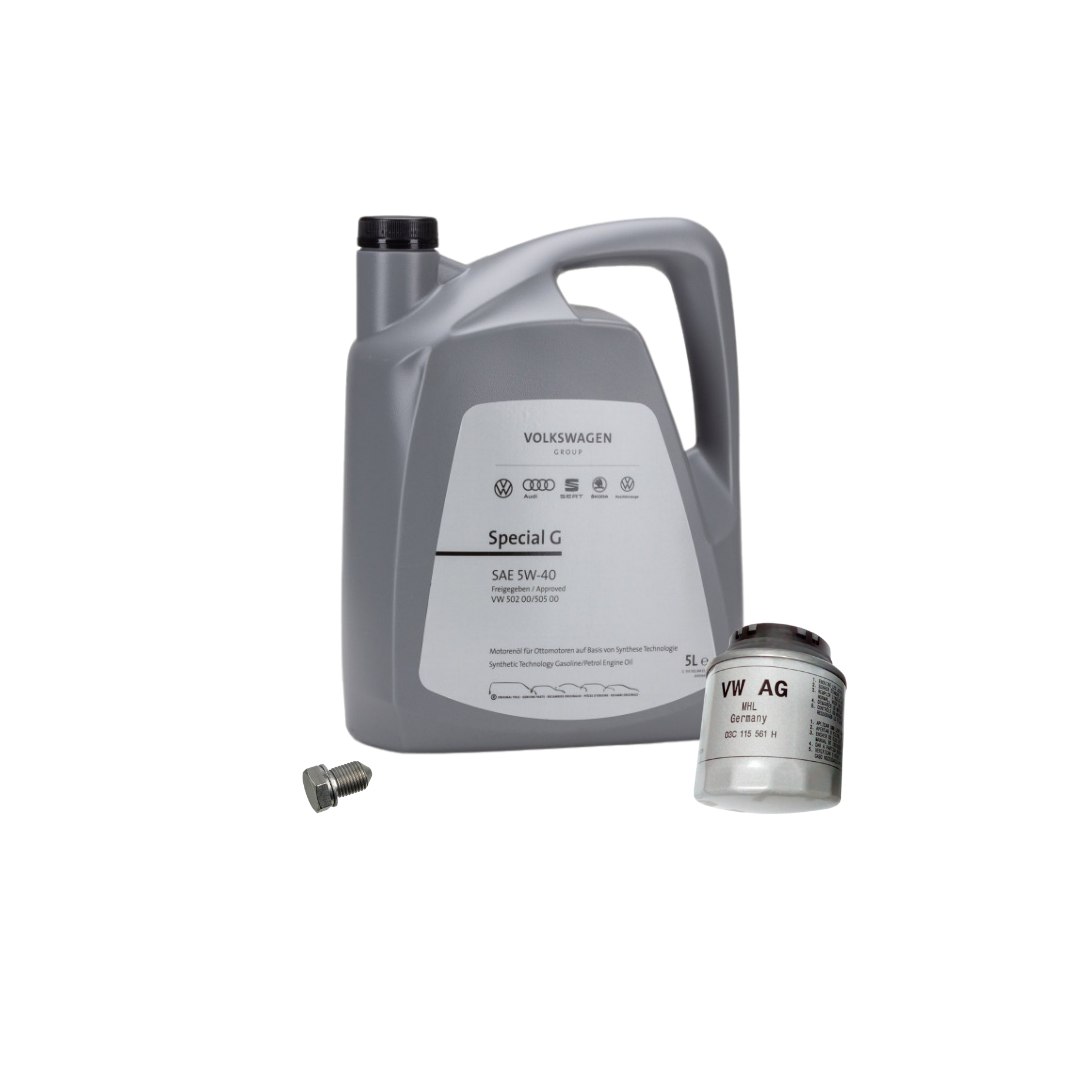Minimize downtime by using a well-maintained clp engine.
Minimize downtime by using a well-maintained clp engine.
Blog Article
Just How a Clp Engine Can Boost Efficiency in Various Industries
The development of CLP engines marks a considerable change in functional efficiency across various sectors, driven by their ability to maximize fuel usage and decrease downtime. As organizations progressively focus on sustainability along with effectiveness, the duty of CLP engines comes to be even more essential.
Summary of CLP Engines
CLP engines, or Continuous Fluid Propellant engines, represent a substantial innovation in propulsion modern technology, specifically for area applications. These engines use a constant feed system that allows for the continual expulsion of propellant, leading to enhanced effectiveness and efficiency compared to standard solid or hybrid propulsion systems. By maintaining a constant circulation of liquid propellant, CLP engines can accomplish extra precise drive control, which is critical for maneuvering spacecraft in different mission scenarios.
The layout of CLP engines integrates sophisticated products and ingenious gas monitoring systems. clp engine. This leads to lowered weight and boosted integrity, necessary factors for long-duration space missions. The constant operation decreases the risk of combustion instability, an usual difficulty in conventional rocket engines.

Advantages in Production
The manufacturing of Constant Fluid Propellant (CLP) engines presents a number of notable benefits that boost both performance and cost-effectiveness. One of the key benefits is the structured manufacturing procedure, which lowers the intricacy related to typical propulsion systems. By utilizing fluid propellant, suppliers can accomplish better precision in engine efficiency, bring about optimized energy result and reduced waste.
In addition, CLP engines promote a greater level of modularity, permitting for less complicated integration right into numerous manufacturing lines. This versatility can considerably lower preparations and boost total functional flexibility. Using CLP modern technology likewise tends to minimize the demand for comprehensive upkeep as a result of fewer moving components, which translates right into decreased downtime and functional prices.

Applications in Logistics
Leveraging Continual Fluid Propellant (CLP) engines in logistics uses considerable benefits in functional efficiency and dependability. These engines supply a robust option for numerous transportation demands, enabling the seamless movement of items across vast distances. The intrinsic layout of CLP engines permits constant power outcome, which translates right into smoother and much more predictable transportation routines.
One of the essential applications of CLP engines in logistics remains in sturdy freight transportation, where they can drive both ground and airborne lorries. Their ability to keep high efficiency under varying load problems guarantees that delivery timelines are fulfilled, therefore boosting consumer contentment. In addition, CLP engines can be integrated into automated logistics systems, facilitating real-time tracking and optimizing route preparation.
In addition, the resilience of CLP engines minimizes maintenance downtime, enabling logistics business to optimize their functional my website capabilities. This is particularly valuable in warehousing procedures, where effectiveness in managing and carrying goods is essential. As logistics continues to progress, the assimilation of CLP engines represents a forward-thinking method that not just enhances efficiency yet also sustains the sector's growing needs for integrity and speed.
Impact on Power Performance
How do Continuous Fluid Propellant (CLP) engines improve energy efficiency in transportation? CLP engines use a regular flow of liquid fuel, optimizing combustion processes and preserving a stable thrust output. This layout lessens energy losses related to typical burning engines, where gas distribution can vary and cause ineffectiveness.
The continuous operation of CLP engines enables for a more reliable thermal cycle, leading to greater certain impulse compared to conventional engines. clp engine. This translates to lowered gas consumption for the same quantity of job done, substantially lowering operational expenses throughout different transport fields, including aviation and maritime sectors
In addition, the ability of CLP engines to preserve optimal performance under varying lots problems reduces the need for frequent velocity and slowdown, additionally boosting gas effectiveness. Improved energy performance not just adds to cost savings however also leads to reduce greenhouse gas exhausts, lining up with worldwide sustainability objectives.
Future Trends and Innovations
Arising advancements in Constant Liquid Propellant (CLP) engine innovation assurance to transform the landscape of transportation performance and sustainability. As industries pivot towards greener options, CLP engines stand at the forefront, integrating ingenious products and style methods that enhance performance while decreasing ecological effect.
Among the most appealing trends is the adoption of hybrid systems that combine CLP engines with eco-friendly power sources. This synergy can enhance gas intake and lower emissions, straightening with international sustainability objectives. Improvements in computational fluid characteristics (CFD) are facilitating the design imp source of more aerodynamically reliable engines, leading to reduced drag and boosted fuel performance.
In addition, the advancement of smart monitoring systems is readied to enhance functional efficiencies. These systems utilize information analytics and IoT innovation to enhance engine efficiency in real-time, ensuring that the engines run within their most efficient specifications.
As research study continues to explore different propellant formulations-- such as biofuels and synthetic fuels-- the future of CLP engines looks promising. By using these advancements, markets can not only improve their effectiveness however also contribute substantially to a cleaner, extra lasting future in transportation.
Verdict
To conclude, CLP engines represent a significant innovation in performance throughout numerous industries. Their ability to optimize gas intake and decrease operational prices, combined with a constant feed system, improves power click to read output and functional dependability. The combination of advanced materials and less relocating components minimizes maintenance demands, while positioning with sustainability objectives settings CLP engines as an essential innovation for the future. Continued development in this field guarantees further improvements in performance and environmental efficiency.
Report this page